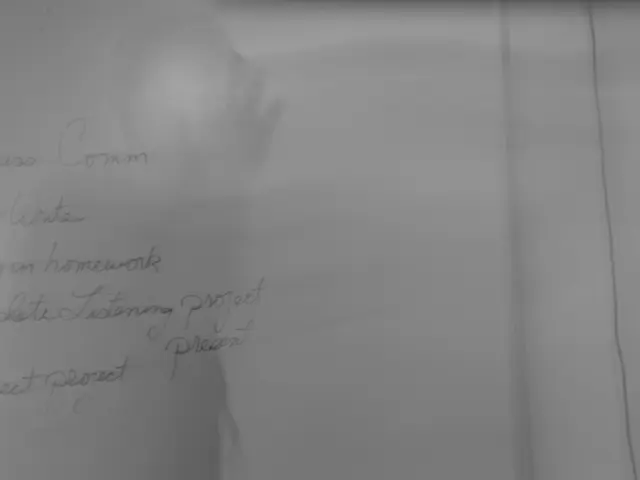Germany's Coal Phase-Out Advances as Renewables Boom
Germany's coal phase-out continues. Five employees stand by at the old Buschhaus plant, ready to restart it within two weeks. Meanwhile, operators Steag and Enervie plan to shut down three more lignite units, totalling 817 MW. This comes as Germany's renewable energy boom makes older coal plants uneconomical.
The lignite reserve, established in 2015, has yet to be utilised. It costs around 234 million euros annually to maintain, with the federal government covering most expenses. The government expects it to reduce CO2 emissions by 11-12.5 million tonnes by 2020, but only if the plants remain unused.
Steag has announced it will temporarily mothball its 195 MW Voelklingen plant in the Saar region from April to September this year and next, due to decreasing demand. Hard coal plant output also continues to decline, falling another 16% in 2017. Many newer coal plants are more efficient and have better pollution controls than mothballed lignite plants.
The new German government aims to finalise a coal exit plan by early 2019. However, the future of the lignite reserve and consumer payments for unused power remains uncertain. As renewable energy capacity grows, the economics of keeping older coal plants running becomes increasingly challenging.







